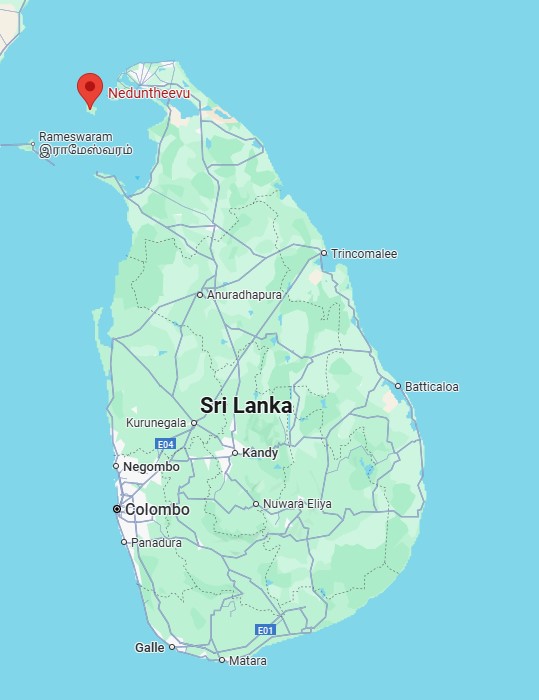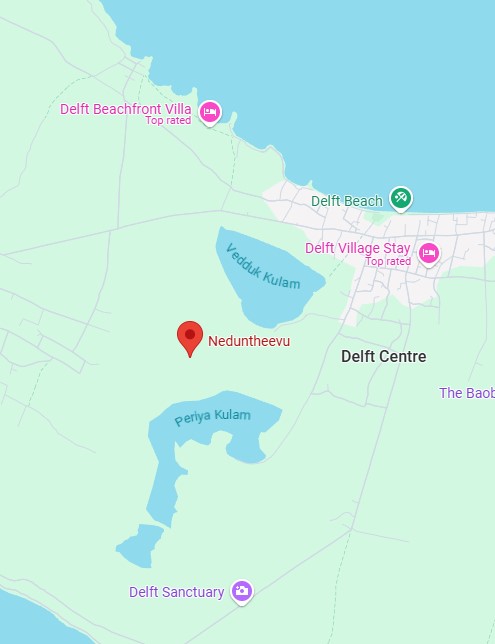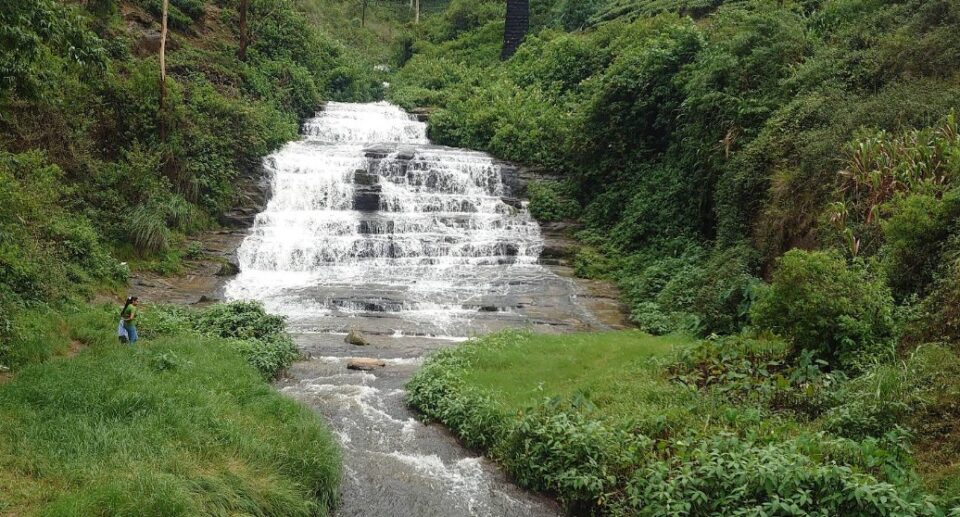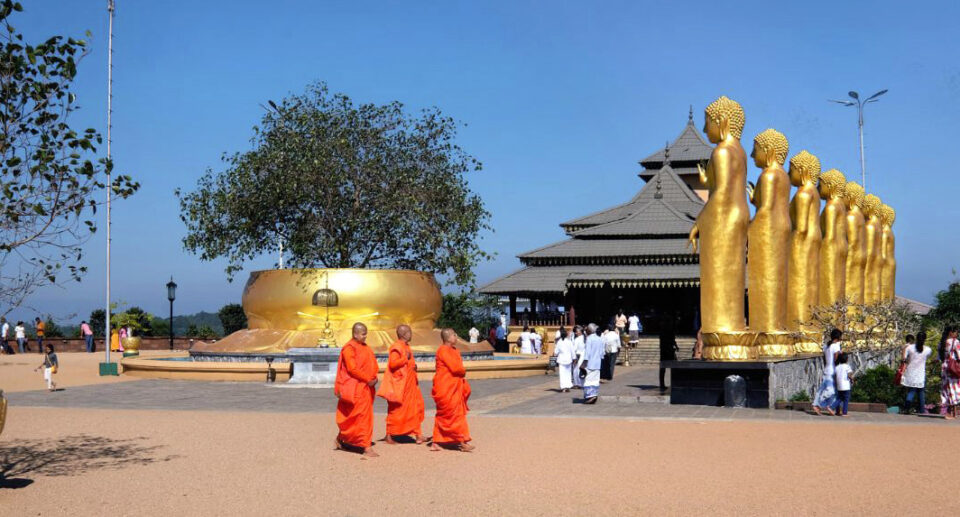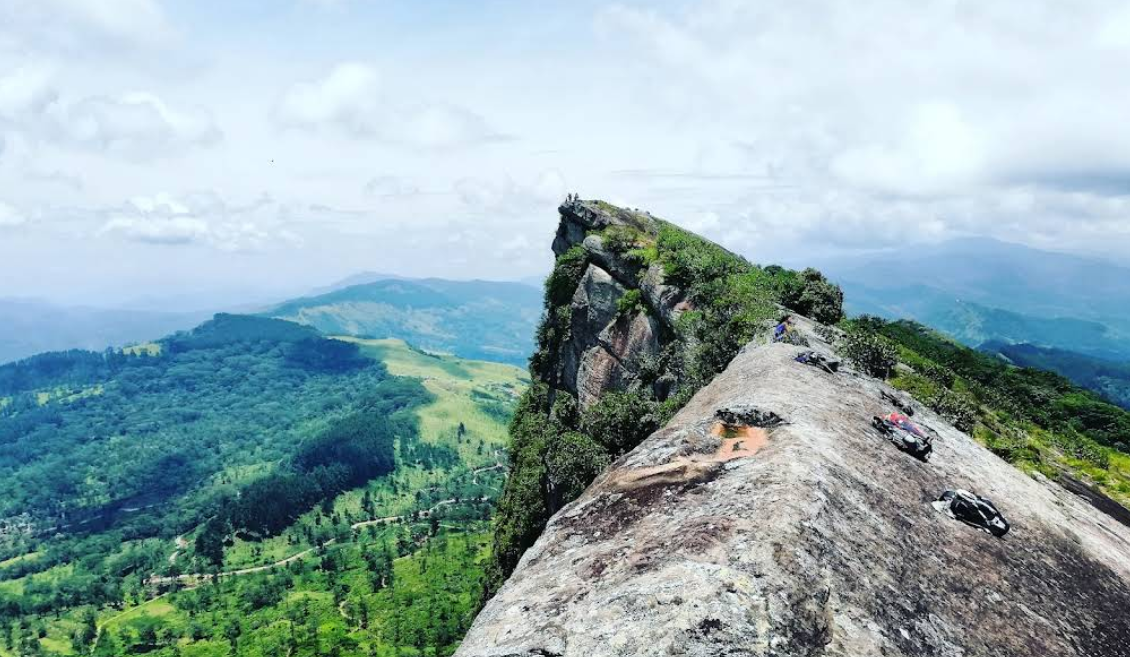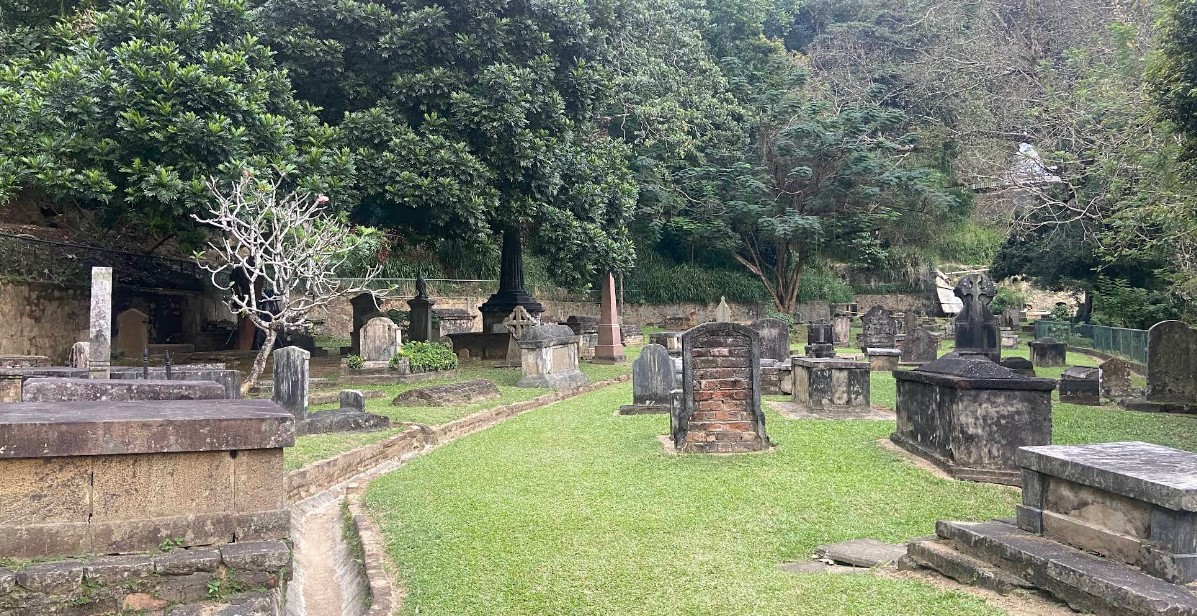Neduntheevu (Delft Island): The Forgotten Jewel of Jaffna
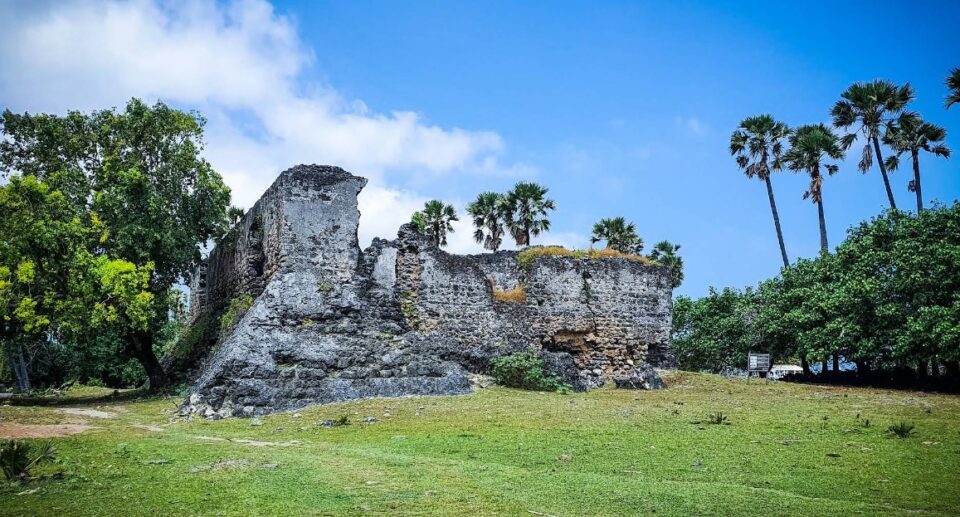
Neduntheevu, better known as the Delft Island, is likely the most mysterious and understated tourist attraction in Sri Lanka. Located in the Palk Strait, approximately 35 kilometers east of Jaffna Peninsula, this island is an intriguing blend of nature, colonial history, and unique flora and fauna. As opposed to the country’s urban capital, Delft Island provides a trip back in time, complete with ancient ruins, wild horses, coral walls, and grassy plains that create an image of cultural and natural heritage.
Geographical Setting
Delft Island is the largest of the islands in the cluster of Neduntheevu, occupying an area of approximately 50 square kilometers. Delft Island is a level, windy, and dry island with shallow coral reefs. Delft Island consists mainly of coral and limestone, with an uncanny landscape unlike the rich greens of central hills or dense forests in the south.
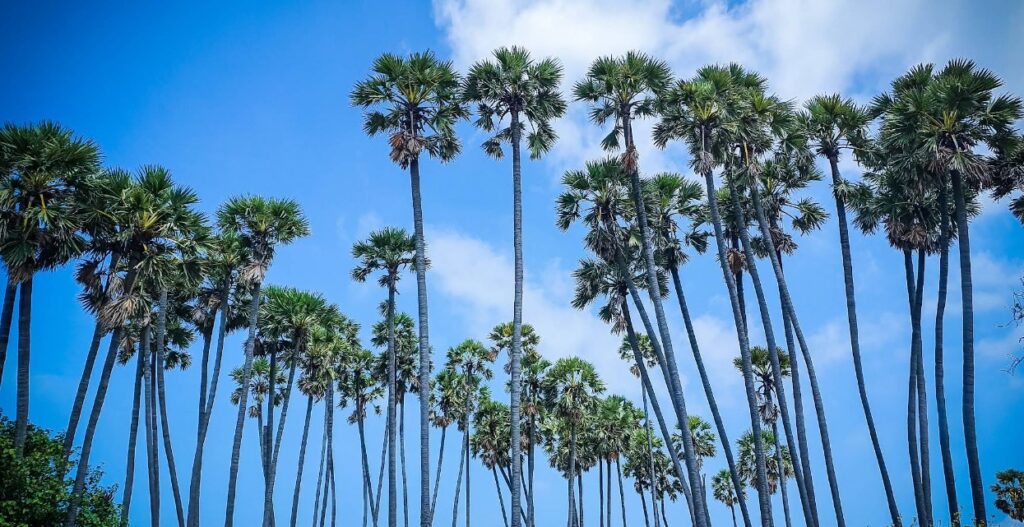
One of the Northern Province, Delft is located in the Jaffna District, and is one of the major islands off the coast of the Jaffna Peninsula. It can be reached only by sea, which adds a certain element of adventure for anyone who will be visiting.
Historical Significance
There is centuries-old history on Delft Island that includes Tamil, Portuguese, Dutch, and British influences.
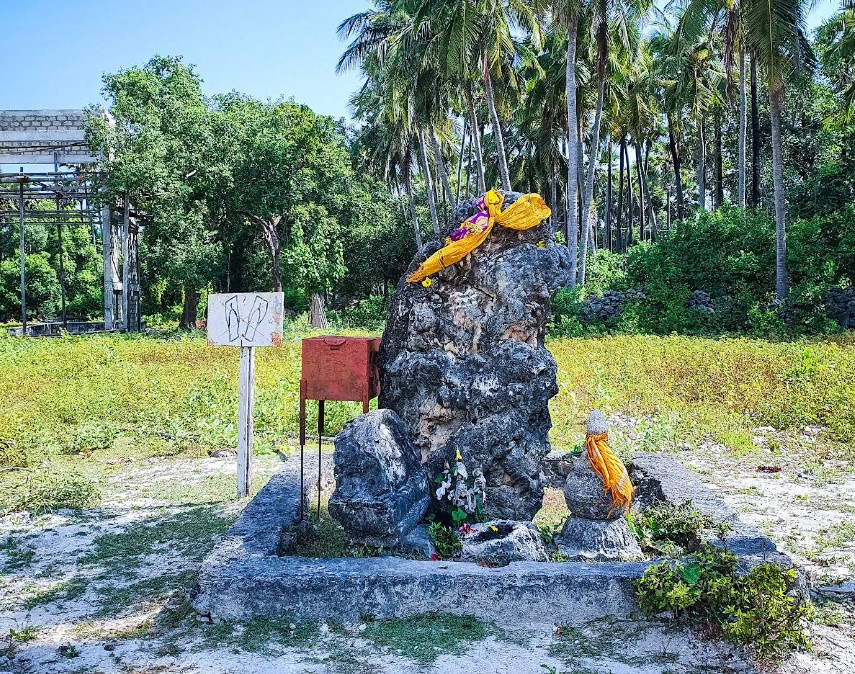
Ancient and Tamil Heritage
The island was historically known as Neduntheevu, a Tamil term for “long island.” It was part of the Jaffna Kingdom, and remnants of Tamil settlements in the form of ancient temples and ruins still blanket the island. In local folk tales, it is said that Queen Alli Raani, a legendary Tamil queen, once ruled over this island.
Colonial Influence
The “Delft” was named by the Dutch colonists, who named some of the islands after Dutch cities. The Dutch left behind the following architectural remains: Dutch Fort: A ruinous fort constructed using coral stones. Dutch Stables: Long coral structures that served as stables for horses.
Pigeon Cote: A Dutch-built circular tower for carrier pigeons to deliver messages.
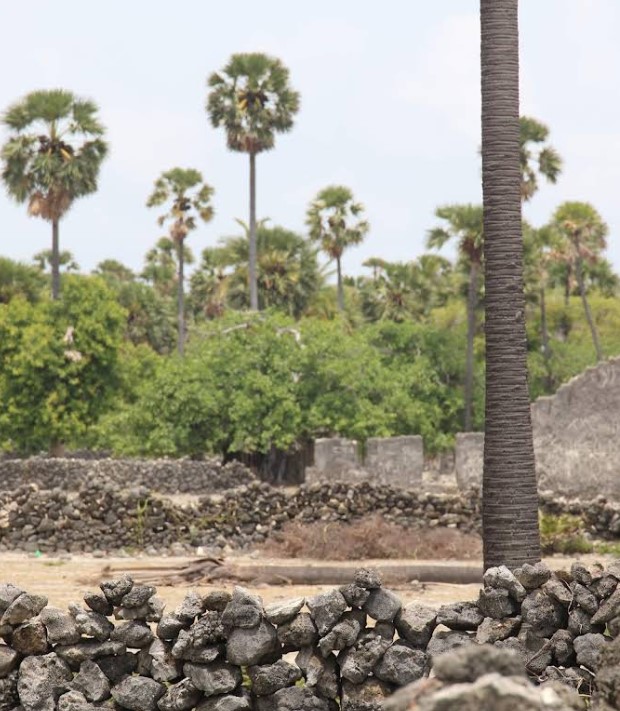
The British and Portuguese also left their mark in administration and trade. The blend of Tamil roots with colonial customs is what makes Delft Island a unique cultural superimposition that can hardly be found anywhere else in Sri Lanka.
Unique Wildlife and Biodiversity
Delft Island boasts its most famous inhabitants: the wild ponies. They are believed to be the offspring of the horses that the Portuguese or Dutch brought during colonial periods. They graze freely here and there in small herds all over the island and are one of the main tourist attractions.
Other very distinctive features of the island’s biodiversity include:
Baobab Tree: Thought to have been introduced by Arab merchants, this strange tree is not native to Sri Lanka and helps to make the island so unique.
Feral donkeys and cattle: Like the ponies, these animals have adapted to the harsh, dry conditions.
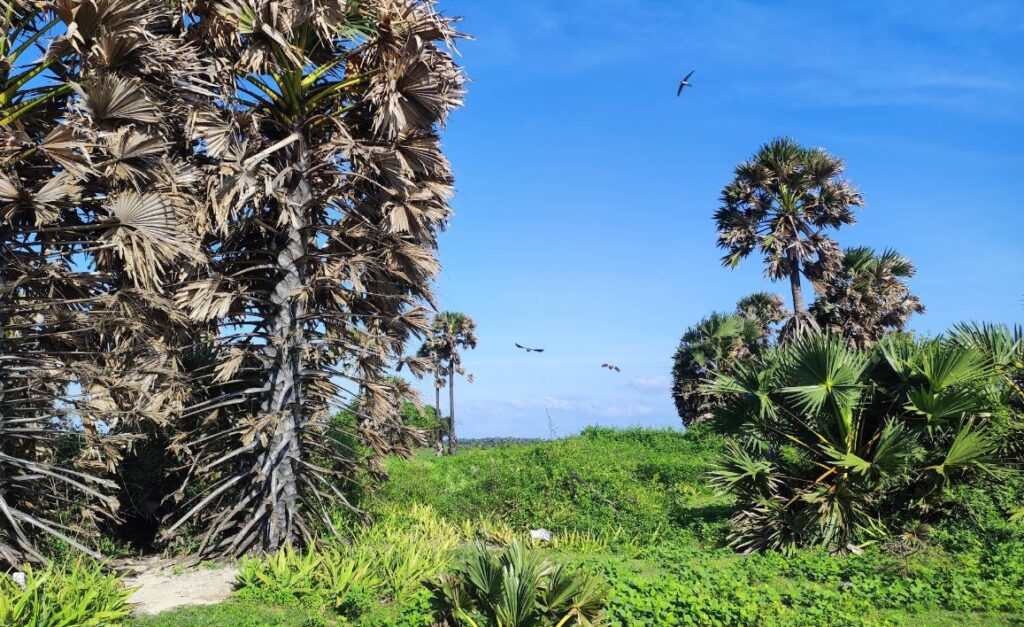
Birdlife: The island is an ideal place in which to witness migratory birds, especially in the lagoons surrounding the island.
The island ecosystem is delicate and sensitive, that is why conservation is such a critical issue.
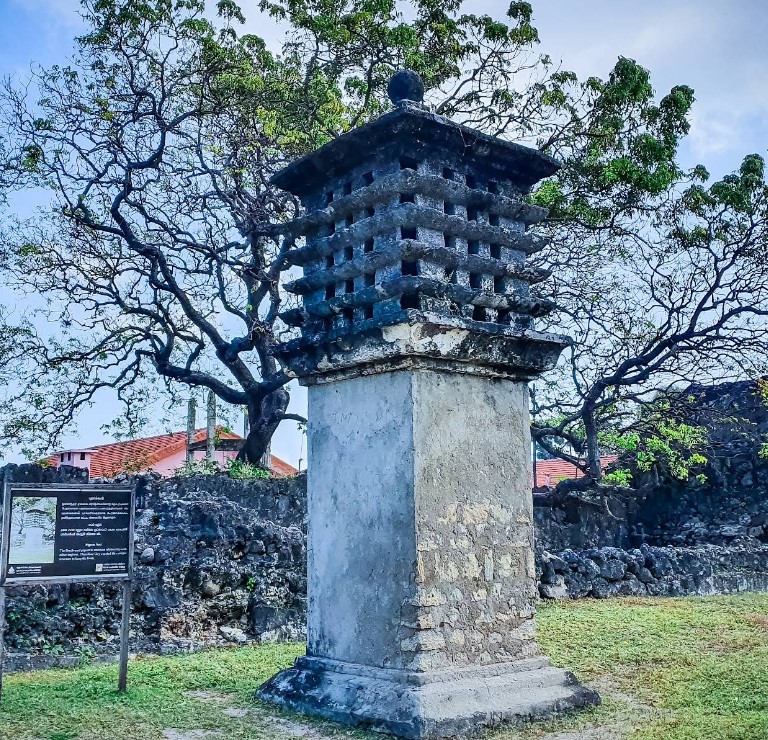
Cultural Life and Local Communities
The island is populated by about 4,000 people, most of whom are Tamil and Roman Catholic or Hindu by origin. Delft is a quiet and laid-back community to live in, with most villagers engaged in fishing, agriculture, and low-key tourism.
There is minimal infrastructure, with very few motorized vehicles. The primary methods of transport for the majority of residents are bicycles, tractors, and tuk-tuks. Coral and limestone are extensively utilized to build houses on the island, as a testament to resources and colonial architecture.
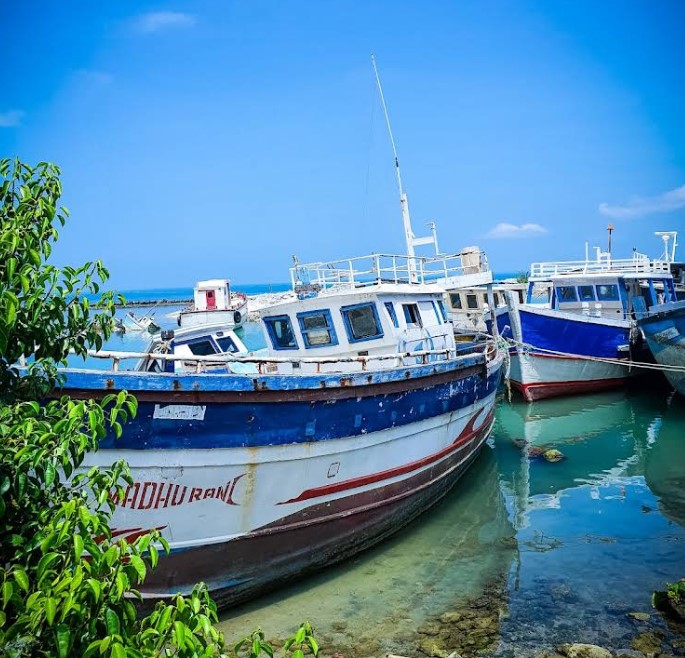
The residents of Delft are renowned for their hospitality and ingenuity, notably concerning hardships they weathered during the Sri Lankan Civil War, when the island was somewhat isolated.
Tourism and Attractions
Even though still very much unspoiled by commercial tourism, Delft Island offers a rustic, unvarnished travel experience. Key attractions are:
- Wild Horses
The most mythical part of Delft, the wild ponies could normally be seen grazing or galloping across open plains. Tourists are urged to view them from a distance with respect. - Giant Footprint
A natural rock formation said to resemble a giant footprint. Mythologies attribute it to ancient gods or heroes. - Dutch Fort and Ruins
The Dutch Fort ruins and other colonial structures provide a hint of the strategic importance of the island in the past. - Baobab Tree
Well over 400 years old, this strange tree comes with a massive trunk and is a symbol of the uniqueness of the island. - Growing Coral Fence
One of Delft’s mysterious spots, this coral fence is believed to have grown naturally and has perplexed locals and researchers alike. - Pigeon Tower
An architectural relic that had been used as housing for messenger pigeons during Dutch days.

From KKD Jetty: Take a government-run ferry or charter a private boat to Delft Island. The ferry ride takes approximately 1 hour.
Tip: Ferry schedules are often unreliable and subject to frequent weather conditions, so it is advisable to check in advance. Bring water and essentials, as there are few shops on the island.
Challenges and Conservation Needs
Despite its natural scenery and cultural richness, Delft Island faces some challenges:Environmental degradation due to overgrazing and coral mining. Limited resource availability like fresh water, electricity, and medical facilities. Tourist management issues due to inadequate infrastructure and an absence of skilled tour guides.
Sustainable tourism is needed, and this has to juggle tourist demand with preserving the sensitive island ecosystem and heritage sites.
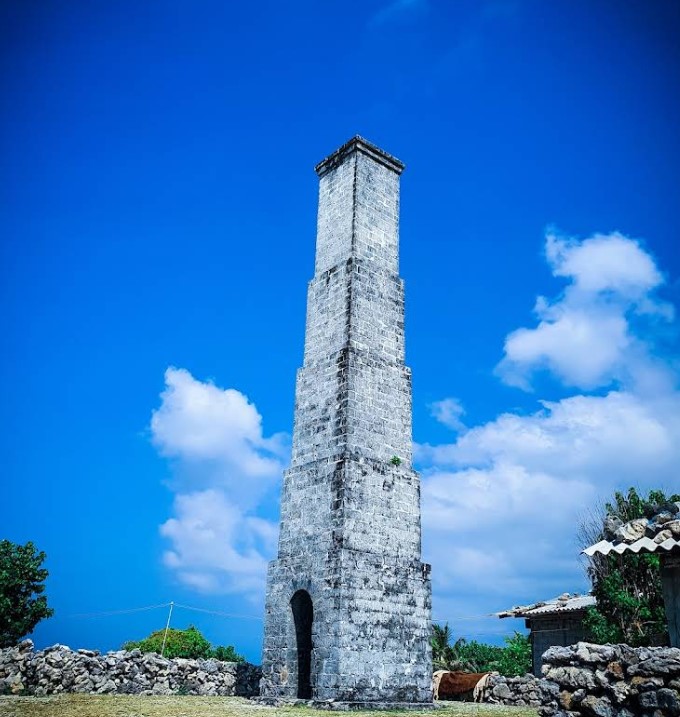
Government and NGOs programs are slowly being initiated for the development of eco-tourism and enhanced facilities without ruining the authenticity of the island.
Neduntheevu, or Delft Island, is more than an oddball place to visit—it is a living museum of Sri Lanka’s history, diversity, and cultural resilience. With wild ponies, ancient ruins, and coral landscapes, Delft offers a welcome relief from the island’s more touristy hotspots.
While Sri Lanka rebuilds and reimagines its post-conflict and post-pandemic tourism, its towns such as Delft Island can be at the heart of it in sharing Sri Lanka’s best-kept secrets. By promoting sustainable tourism and protecting its natural and cultural treasures, Neduntheevu can remain a peaceful and inspiring corner of the world, where history and nature blend in perfect harmony.
Reach Jaffna
First, you need to travel to Jaffna, which is the main city in northern Sri Lanka.
By Bus:
- Take a long-distance bus from Colombo or Kandy to Jaffna.
- Duration: 7–9 hours.
By Train:
- Take the Yarl Devi or Uttara Devi train from Colombo Fort to Jaffna.
- Duration: 6–8 hours.
- Comfortable and scenic option.
Travel from Jaffna to Kurikadduwan (KKD) Jetty
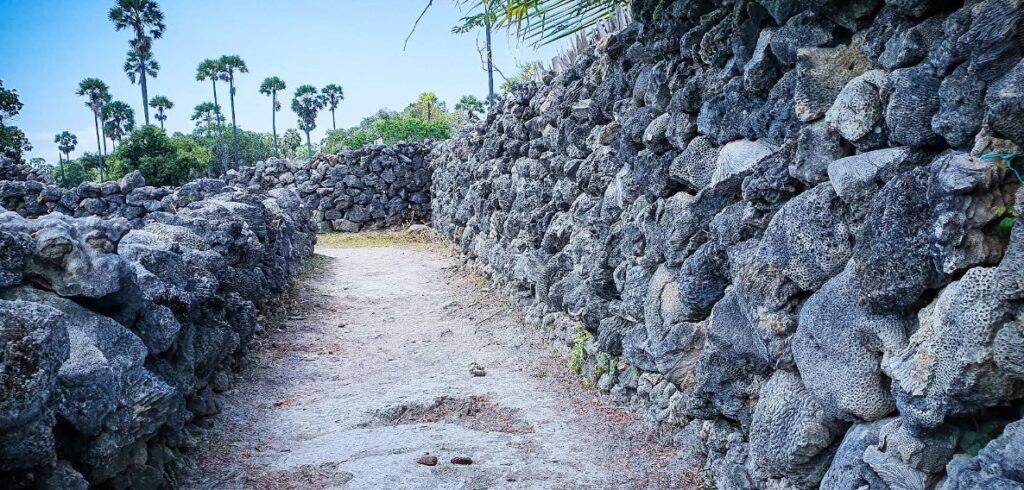
This is the ferry departure point to Delft Island.
By Private Vehicle or Tuk-Tuk:
- From Jaffna town to Kurikadduwan Jetty (KKD) – about 1.5 hours drive.
- Route: Jaffna → Pungudutivu → Kurikadduwan (through causeways and small islands).
By Bus:
- Take a local bus to Kurikadduwan Jetty (from Jaffna Central Bus Stand).
- Look for buses to “Delft Jetty” or “KKD”.
- Buses run regularly but can be crowded.

Take the Ferry to Delft Island
Once you reach Kurikadduwan Jetty, board a government ferry or a private boat.
Government Ferry:
- Free or very low fare.
- Operated by the Sri Lanka Navy or local authorities.
- Duration: 1 hour (approximately).
- Two main daily services (morning and afternoon), but schedules can change due to weather or tides.
Private Boats:
- Faster but more expensive.
- Ideal for groups or if ferry is unavailable.
Tip: Always check the return ferry time to avoid getting stranded.
